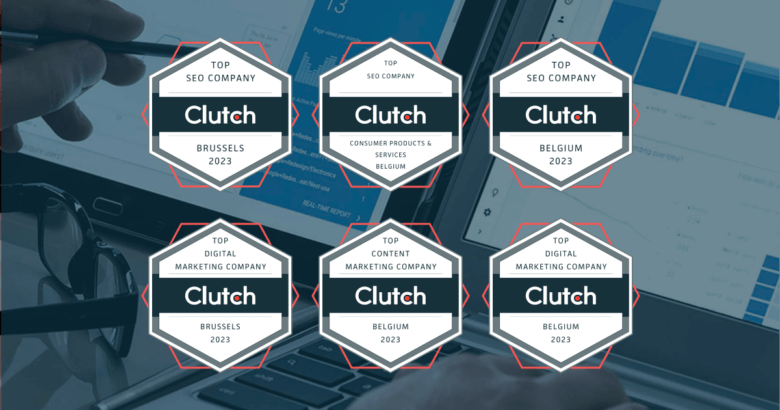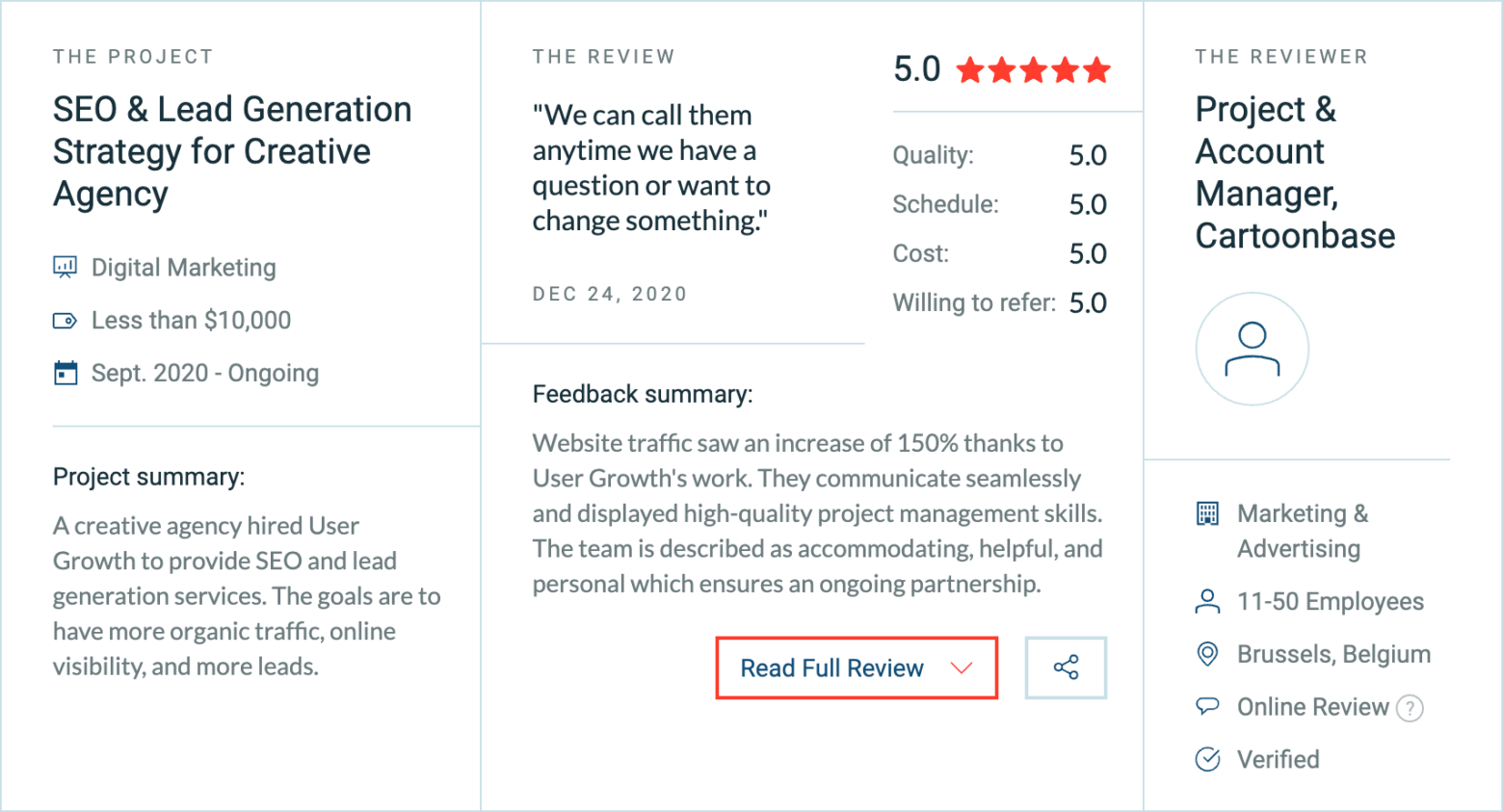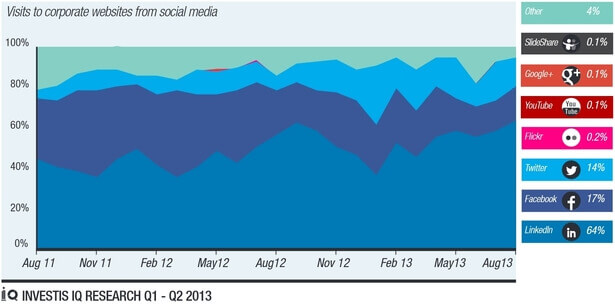Zoekmachines zijn de grootste aandrijvers van bezoekers voor iedere onderneming online. SEO, indien goed uitgevoerd, kan je bedrijf helpen groeien en zorgen voor online naamsbekendheid.
Zolang je betere content creëert dan je concurrenten, de juiste zoekwoorden of keywords gebruikt, goede digitale PR toepast om die backlinks te krijgen en een beetje magische User Growth-saus gebruikt, zal je organische bezoekersaantal beetje bij beetje toenemen en zul je in een mum van tijd hoger ranken.
Hier bij User Growth geloven we dat er niet zoiets bestaat als een one size fits all oplossing als het gaat om de groei van je onderneming online. Wij helpen je om de juiste mensen met je product of dienst in contact te brengen en de basis te leggen voor jouw succes op lange termijn.
We doen dit door gebruik te maken van de vaardigheden en het talent van de mensen die bij User Growth werken en door zelf producten te bouwen zoals:
- de Evergreen Content Poster (een social media automation plugin die het delen van je evergreen content super eenvoudig maakt) of
- Audience Builder (een gratis tool waarmee je de effectiviteit van je Facebook-marketingactiviteiten kunt vergroten).
Clutch vindt de beste bedrijven in onze online marketing branche om bedrijfseigenaren te helpen het perfecte marketingbedrijf voor hen te vinden. Hun lijst van bedrijven toont klantbeoordelingen, prijspunten, locatie en contactgegevens van de bureaus die passen bij jouw online marketing noden.
Elk jaar belonen ze de best presterende B2B-bedrijven per branche en locatie. Om een bedrijf een “Top SEO Agency” op Clutch te laten worden, moet je geverifieerde reviews hebben, data-driven content, en betere bedrijfsoplossingen bieden dan je concurrentie.
Van de 200.000+ bureaus op Clutch zijn we vereerd dat we zijn gekozen als Clutch Leader!
We maken nu deel uit van de groeiende lijst van 2021 B2B-leiders en dat is allemaal te danken aan ons geweldige team en tevreden klanten met fantastische resultaten.
2020 was een moeilijk jaar voor de meeste bedrijven, die worstelden om het hoofd boven water te houden. Het feit dat we deze branche-leidende prijs hebben gekregen, waaruit blijkt dat wat we doen een impact heeft voor onze klanten, is echt geweldig en geeft grote erkenning aan het hele team
Hans van Gent, oprichter van User Growth
Voor dit creatieve bureau blijven we bijvoorbeeld overtuigende en boeiende SEO-strategieën leveren, wat ons uiteindelijk een perfecte 5-sterrenbeoordeling opleverde:
We willen onze klanten die dit allemaal mogelijk hebben gemaakt dan ook hartelijk bedanken.
We hadden niet zover kunnen komen zonder jullie positieve feedback. Laten we van het nieuwe jaar een nog productiever jaar maken!
Ben je op zoek naar echte winstgevende groei voor jouw onderneming? Neem vandaag nog contact met ons op! En als je de rest van de recensie wilt lezen, bezoek dan ons Clutch-profiel en bekijk wat andere klanten over ons zeggen.
Daarnaast heeft Best in Ireland User Growth ook uitgeroepen tot een van de beste SEO bedrijven in Dublin!











